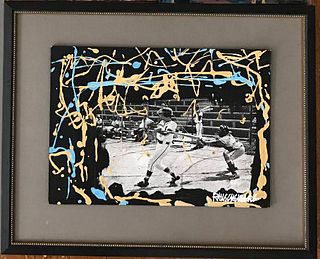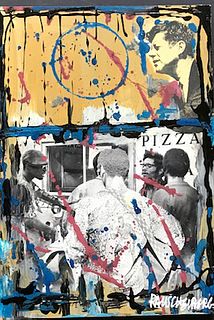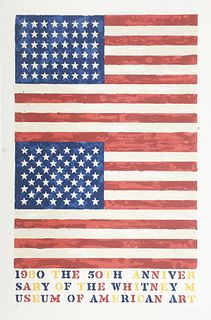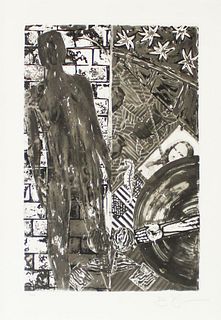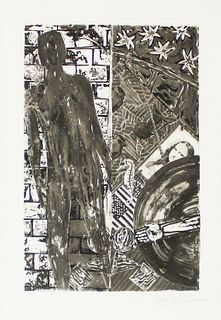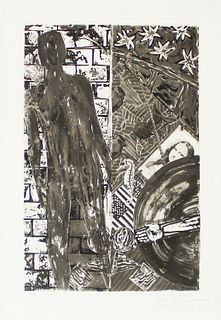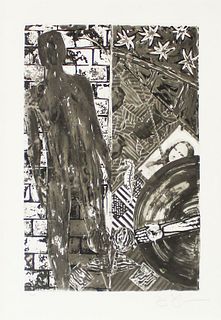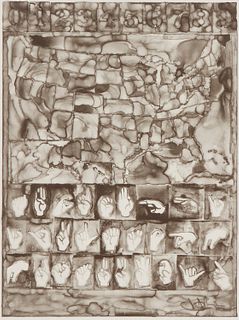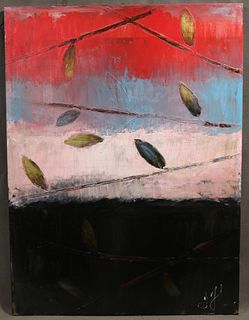904 Results
Sort by
-
 Estimate$4,000 - $6,000
Estimate$4,000 - $6,000 -
 Estimate$2,500 - $3,500
Estimate$2,500 - $3,500 -
 Estimate$400 - $600
Estimate$400 - $600 -
 Estimate$500 - $900
Estimate$500 - $900 -
 Estimate$800 - $1,500
Estimate$800 - $1,500 -
 Estimate$800 - $1,500
Estimate$800 - $1,500 -
 Estimate$600 - $1,200
Estimate$600 - $1,200 -
 Estimate$600 - $1,200
Estimate$600 - $1,200 -
 Estimate$400 - $900
Estimate$400 - $900 -
 Estimate$1,000 - $2,000
Estimate$1,000 - $2,000 -
 Estimate$400 - $900
Estimate$400 - $900 -
 Estimate$400 - $900
Estimate$400 - $900 -
 Estimate$400 - $900
Estimate$400 - $900 -
 Estimate$500 - $900
Estimate$500 - $900 -
 Estimate$400 - $900
Estimate$400 - $900 -
 Estimate$400 - $900
Estimate$400 - $900 -
 Estimate$500 - $900
Estimate$500 - $900 -
 Estimate$1,000 - $2,000
Estimate$1,000 - $2,000 -
 Estimate$600 - $900
Estimate$600 - $900 -
 Estimate$150 - $250
Estimate$150 - $250 -
 Estimate$3,000 - $4,500
Estimate$3,000 - $4,500 -
 Estimate$200 - $300
Estimate$200 - $300 -
 Estimate$80 - $120
Estimate$80 - $120 -
 Estimate$160 - $200
Estimate$160 - $200 -
 Estimate$3,000 - $4,000
Estimate$3,000 - $4,000 -
 Estimate$10,500 - $14,500
Estimate$10,500 - $14,500 -
 EstimateMXN$12,000 - MXN$20,000 $702.17 - $1,170.28
EstimateMXN$12,000 - MXN$20,000 $702.17 - $1,170.28JASPER JOHNS. Cross Hatch, 1977. Sin firma. Serigrafía ...
Est.MXN$12,000 - MXN$20,000 $702.17 - $1,170.28Unsold -
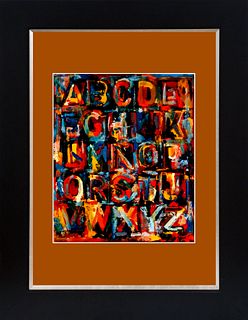 Estimate$2,000 - $2,500
Estimate$2,000 - $2,500 -
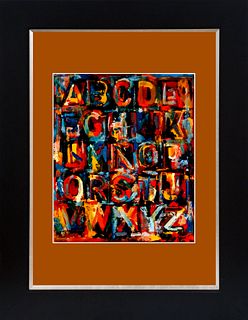 Estimate$2,000 - $2,500
Estimate$2,000 - $2,500 -
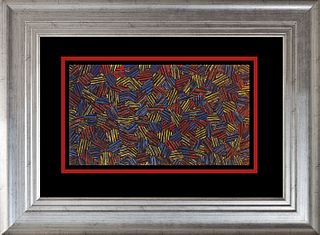 Estimate$2,500 - $2,900
Estimate$2,500 - $2,900



 EUR
EUR CAD
CAD AUD
AUD GBP
GBP MXN
MXN HKD
HKD CNY
CNY MYR
MYR SEK
SEK SGD
SGD CHF
CHF THB
THB Live Auction in Progress
Live Auction in Progress
